You are here
Oregon Dunes National Recreation Area
Samuel H. Boardman State Scenic Corridor
Southern Oregon Coast + Rogue River, Oregon
Southern Oregon Coast + Rogue River, Oregon
Death Valley National Park
Mojave National Preserve
San Diego Metro Area, California
San Francisco Peninsula + Santa Cruz, California

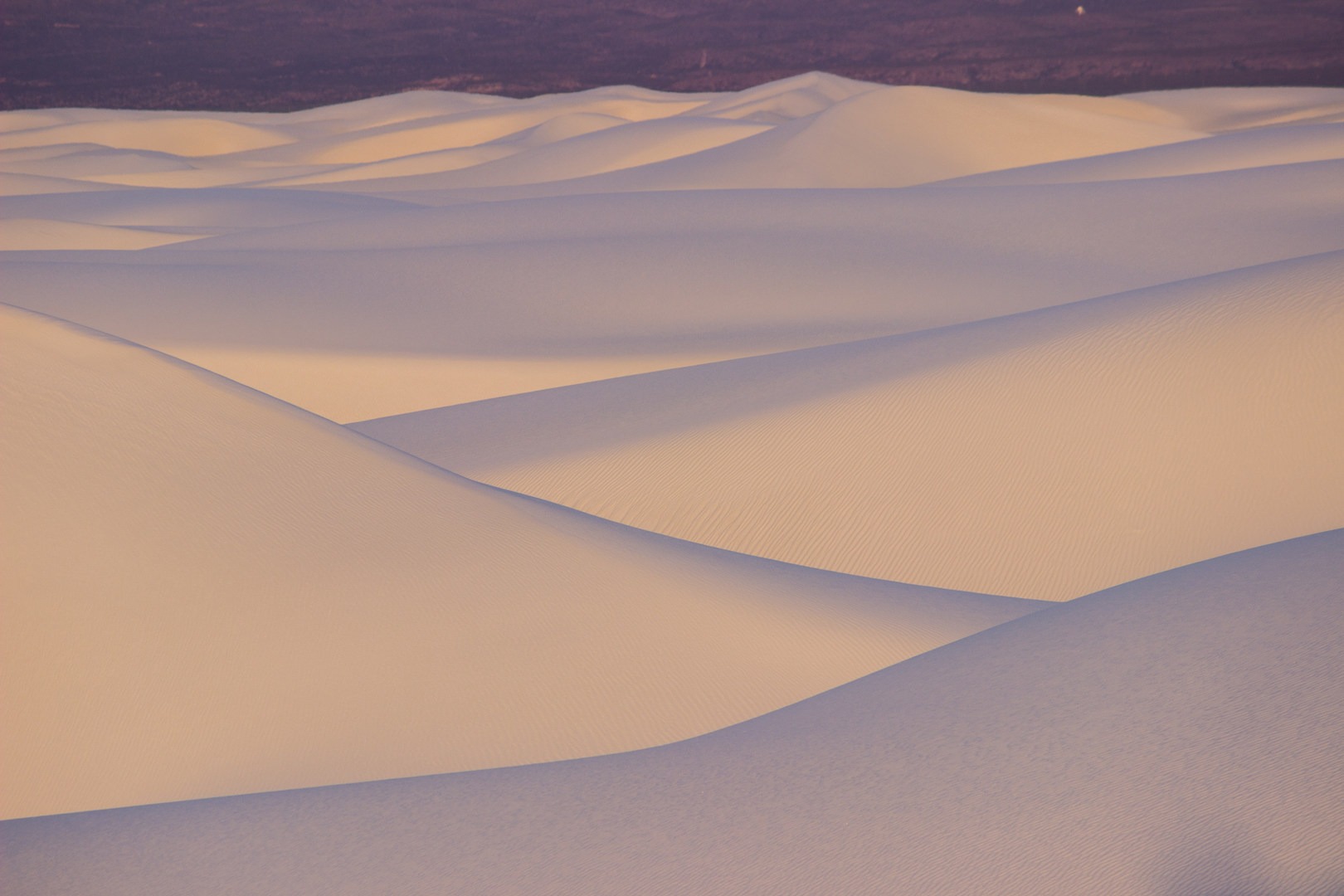
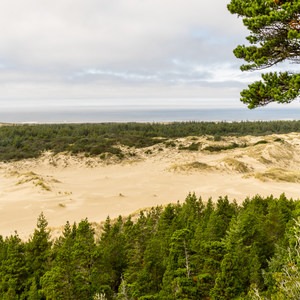
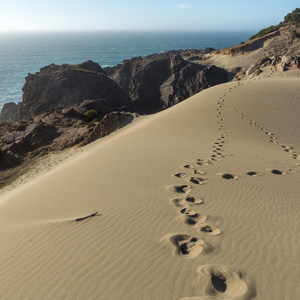
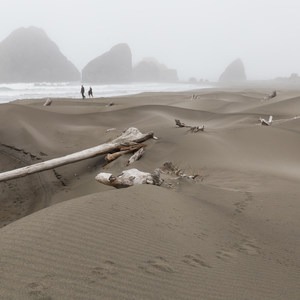
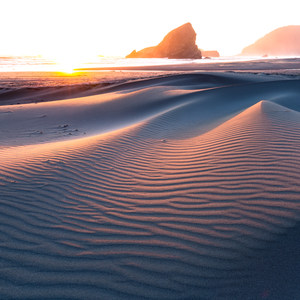
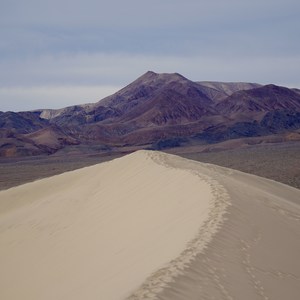
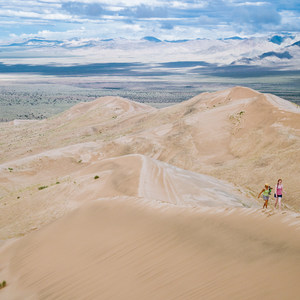
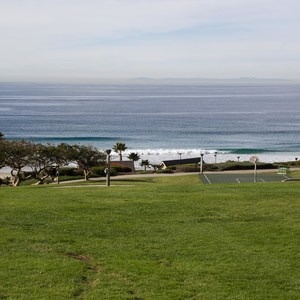
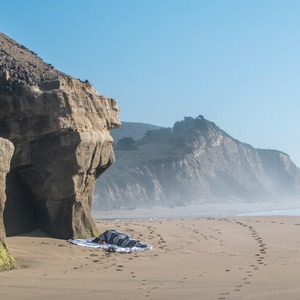



Comments
http://wp.me/p6DKO1-1HT
Sign In and share them.